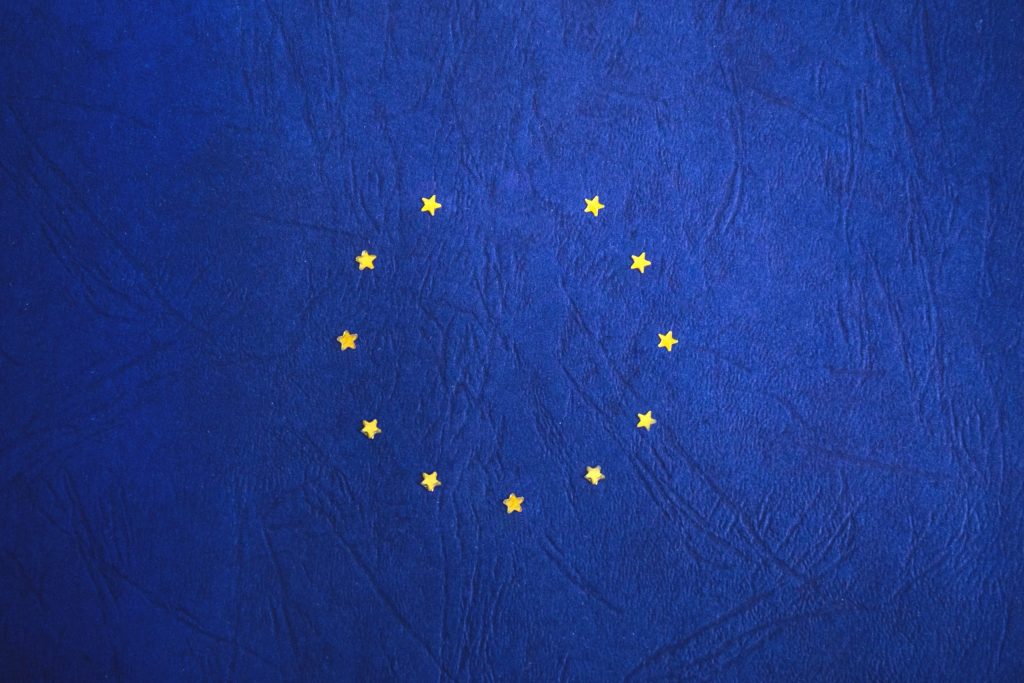Do you sell digital goods to other countries in the EU? If so, some awkward and last-minute legislation changes the way you need to record, report and pay your VAT bill. Here’s a summary for people running WordPress sites – we’ve only ever recommended WooCommerce for ecommerce so we’ll focus on that.
What is the change?
On 1 January 2015 the VAT rules for cross-border B2C supplies of ‘digital services’ (i.e. broadcasting, telecoms and e-services) will change. From that date, VAT must be accounted for in the member state where the customer normally lives, rather than where the supplier of the service is established. –HMRC, Brief 46
What does that mean?
According to WooThemes (link to their full blog post), the company behind WooCommerce, you need to:
- Charge the correct country VAT rates based on customer’s location.
- Validate the customer’s location and ensure there are 2 pieces of non-conflicting evidencestored (e.g. a billing address and a matching IP Address).
- Report your VAT to each EU state, or use a MOSS (Mini-One-Stop-Shop) which reports to each EU state on your behalf.
What do I need to do?
Helpfully, WooThemes’ blog post (link above) has laid out some practical steps you should take:
- Update your WooCommerce installation (we’ll be doing that shortly if you’re using our maintenance service)
- Use a new WooCommerce extension (EU VAT Number Extension) to collect your customers’ EU VAT numbers at checkout
- Set up VAT rates for digital goods in your WooCommerce settings
- Make sure you charge, report and pay VAT according to the new rules. WooThemes recommend Taxamo as a service that can help you do this.
How can we help?
We can help you through each stage of the process and to make sure you’re ready for the new law – which is already in place! Just contact us.
